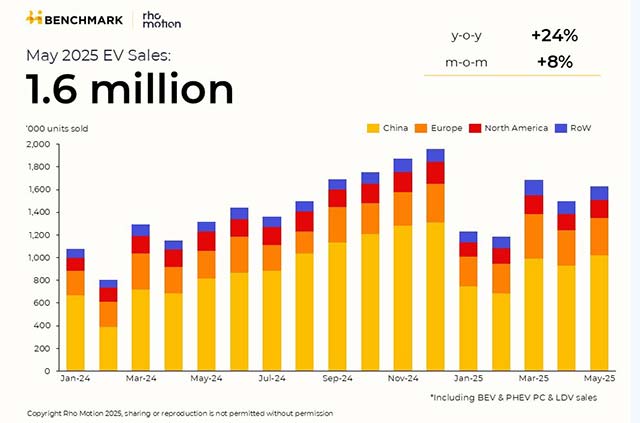Improved Pharmacokinetic Performance and Pharmacodynamic Efficacy of IL‐1Ra Complexed with Dual Polymeric Carrier in Type 1 Diabetes Mellitus
Advanced Healthcare Materials, EarlyView.

A dual-polymeric system complexes IL-1Ra via electrostatic interactions to form a nanocomplex with optimal size, charge, morphology, IL-1Ra complexation and structural integrity. The system enhances IL-1Ra's anti-inflammatory activity, improves pharmacokinetics, lowers glucose levels, and preserves pancreatic β-cell integrity in diabetic mice, demonstrating strong therapeutic potential in preclinical studies.
Abstract
Diabetes is a prevalent and potentially serious endocrine disorder characterized by elevated blood glucose levels and β-cell destruction. Interleukin-1 receptor antagonist (IL-1Ra), a competitive inhibitor of the IL-1 receptor, downregulates inflammatory pathways contributing to β-cell destruction. However, its short half-life (4–6 h) and rapid clearance hinder its clinical effectiveness. In this study, a dual-polymeric system comprising cationic and lipid-based polymers is developed for IL-1Ra delivery. IL-1Ra nanocomplexes (IL-1Ra NCs) are formed through electrostatic interactions, confirmed by SDS-PAGE, TEM, and particle size analysis (167.57 ± 1.08 nm for IL-1Ra NCs vs 153.21 ± 1.85 nm for blank NCs) with zeta potentials of +8.66 ± 0.46 mV versus +24.03 ± 1.1 mV. In vitro, IL-1Ra NCs demonstrate anti-inflammatory activity against IL-1β-induced inflammation in cells. In vivo pharmacokinetic studies show significant improvements in C max, AUC, half-life (t1/2), and mean residence time (MRT) for IL-1Ra NCs compared to free IL-1Ra, suggesting reduced dosing frequency and enhanced patient compliance. Mice treated with IL-1Ra NCs exhibit a significant reduction in fasting blood glucose levels (232.25 ± 23.64 mg dL−1 vs 367.88 ± 21.83 mg dL−1 in the diabetic control). Furthermore, IL-1Ra NCs preserve β-cell integrity and exhibit an improved anti-inflammatory response as assessed by H&E and IHC analysis.















































































































































